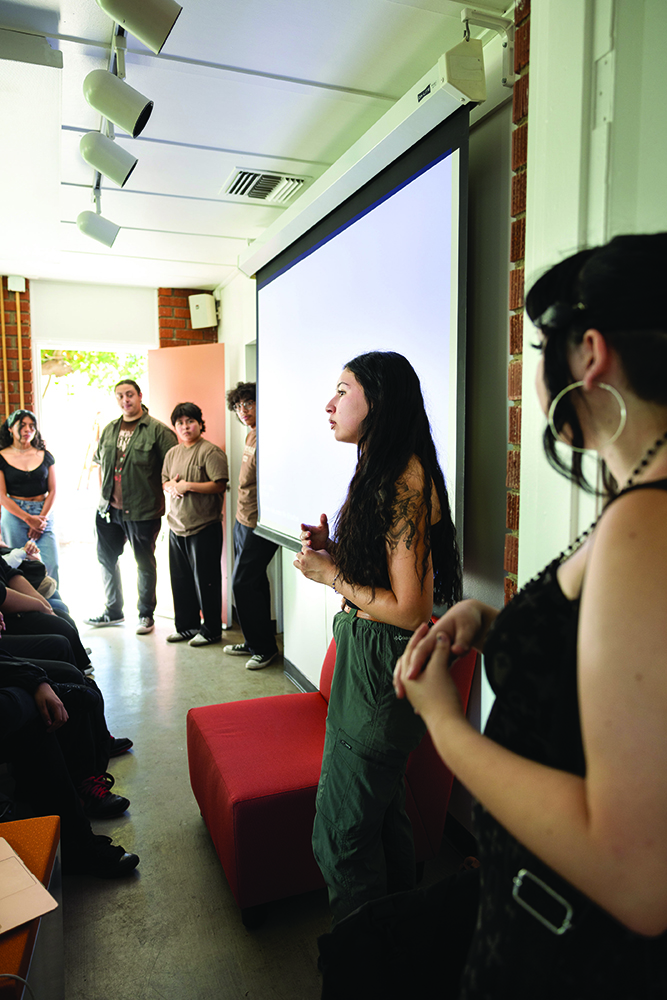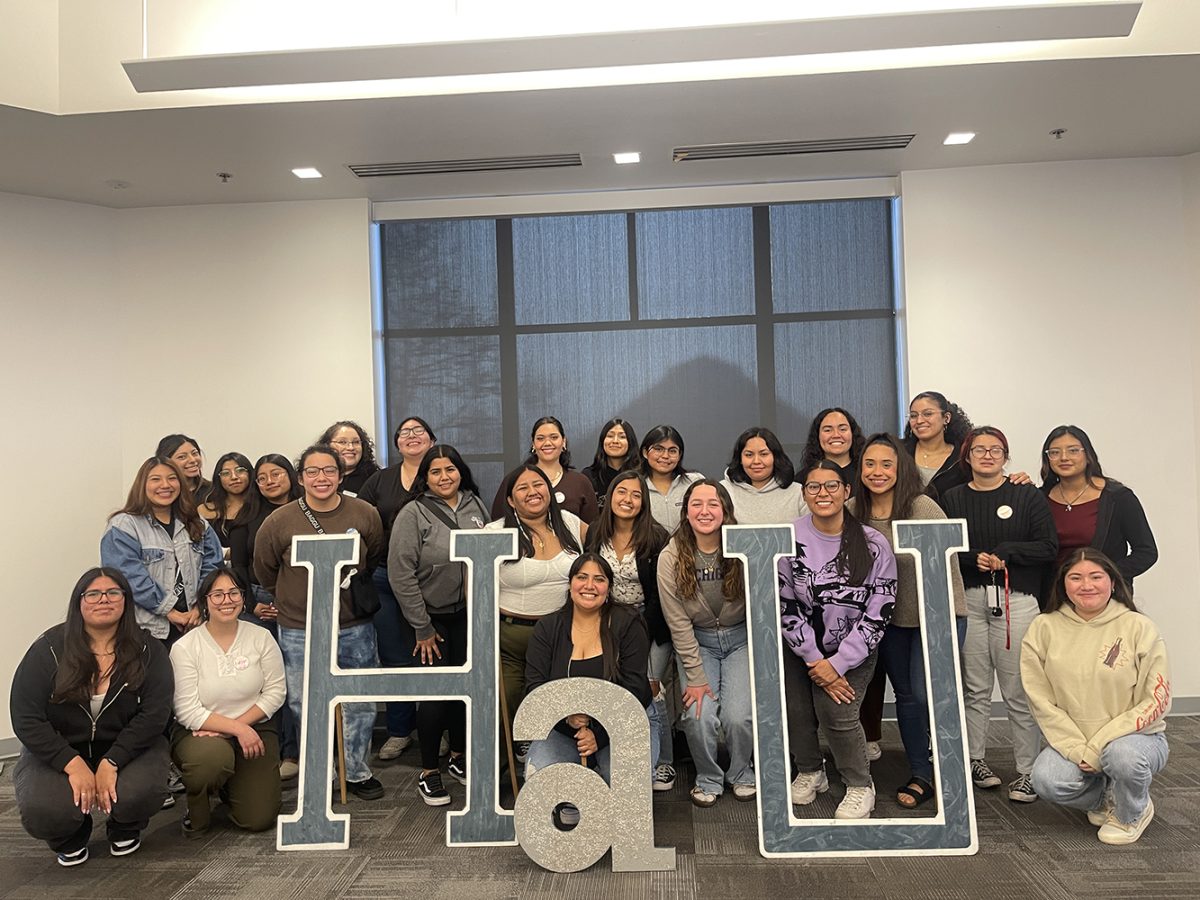
An executive order to eliminate the sales of all gas-powered vehicles in California by 2035 was enacted by Governor Gavin Newsom on Sept. 23, 2020. It was intended to reduce dependence on fossil fuels and clear up the pollution in California with the ultimate goal of fighting climate change, but it will not be as easy as flipping a switch.
Californians are not prevented from owning gasoline-powered cars past 2035, or selling them on the used market. The new plan only affects car manufacturers and models that are allowed to be sold.
California struggles with air pollution, Los Angeles especially. The LA and Long Beach area ranked highest in the country for ozone pollution, according to the American Lung Association. The California Air Resources Board, or CARB, also reported that transportation represents half of the state’s greenhouse gas emissions.
That is the main reason Newsom announced such an aggressive plan, as he confirmed in a press release.
“This is the most impactful step our state can take to fight climate change,” he said. “For too many decades, we have allowed cars to pollute the air that our children and families breathe. Californians shouldn’t have to worry if our cars are giving our kids asthma. Our cars shouldn’t make wildfires worse — and create more days filled with smoky air. Cars shouldn’t melt glaciers or raise sea levels threatening our cherished beaches and coastlines.”
The move will reduce pollution from “light-duty vehicles,” or standard passenger cars, by 25% by 2037, according to CARB.
“Cars are one of the major contributors to air pollution around the world,” said Tom Hogen-Esch, a political science professor at CSUN. “And so the quicker we start phasing out fossil fuels, the better off we’re going to be. Not only in terms of public health, but also the larger challenge, which is climate change.”

The year 2035 was not chosen randomly. CARB told Reuters it was a “sweet spot” that took into account the abilities of the automakers and supply chains.
The automakers are largely on board with the idea. Back in 2021, six leading automakers — including Ford, GM, Mercedes Benz, and Toyota — met at a United Nations conference and signed a pledge to “work toward reaching 100% zero-emission new car and van sales in leading markets by 2035 or earlier.” However, the pledge is not legally binding.
California hopes that the cost of owning electric vehicles will reach parity with their gasoline counterparts, so much so that owning one becomes a no-brainer. A dramatic increase in production and energy generation is required for that to happen. California is pumping billions of dollars into the project, but it may not be enough.
All electric cars need batteries, and the high demand is being met with short supply. The International Energy Agency estimated that raw battery materials supplied from mines, like lithium and cobalt, will only meet half of the world’s immense demand by the end of the decade.
You also need electricity to charge the batteries. Officials predict 12.5 million electric cars to be driving on the road by 2035, but the state’s current infrastructure is not ready to support that yet.
The state has confidence it can pull off the upgrade, but the path will be tricky, especially without fossil fuels in the picture. They need to increase their energy capacity by three times to reach 100% clean energy by 2045, another one of the state’s lofty goals.
“Is the state on track to achieve its clean energy goals? Right now, there’s no one who can give you a definitive answer. More transparency on a plan that goes from here to there every year, where we can track progress, will really help answer that question,” Alex Breckel of the environmental advocacy group Clean Air Task Force told CalMatters.



